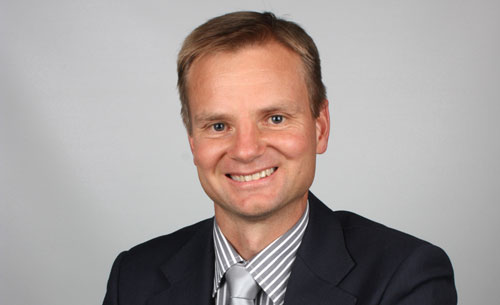
Tower sharing may be the solution to the dual problem of increasing demand for network capacity and the revenue pressures facing SA operators.
Johan Smith, head of Africa telecommunications group at KPMG, says the industry, regulators and government need to find mutually acceptable ways to embrace infrastructure sharing that will benefit consumers and drive innovation in the process.
Smith says one of the biggest challenges facing operators is “achieving a balance between public and commercial interests”. He says as commercial enterprises, operators need to make money and government and regulators can’t ignore this in their efforts to extend connectivity and ensure service levels are maintained.
“Tower sharing is a significant opportunity for operators to reduce their infrastructure and operational costs,” says Smith. “If we can release some of the pressure on the networks and provide capital savings, we can expect more innovation and investment in other technologies.”
According to a 2009 report by consultancy Delta Partners, “Tower sharing in the Middle East and Africa: Collaborating in Competition”, the estimated capital annual expenditure savings resulting from tower sharing in the region amounted to US$8bn. Smith says these savings not only allow operators to reduce pricing and remain competitive but can be used to fund research and development.
He says the sharing of infrastructure in “prime spots” relieves traffic congestion and allows for “better cell demarcation”. He says another key benefit is new entrants to the market “can provision services much faster” and this leads to increased competition, and in turn, increased innovation.
“Operators can share costs in remote areas in particular, because there is no need for duplicate infrastructure,” Smith says. But he acknowledges it isn’t always possible to achieve this without regulation because entrenched players are often reluctant to assist newcomers.
“That’s where the regulator has to play a role — the regulator needs to make sure it’s commercially viable for the incumbent, but also for newcomers.”
Smith says tower sharing isn’t just about facilitating the entry of newcomers: in a mature telecoms market like SA, where the large operators have overlapping coverage and so aren’t trying to outdo each other on that front, they, too, can benefit from sharing.
“Tower sharing doesn’t just make commercial sense; there’s a corporate responsibility aspect. Operators can be more efficient, and claim carbon credits and improved ‘greenness’ in the process, with minimal effort. It’s a perfect opportunity to be both more responsible and save money.”
Though some legislation about infrastructure sharing exists, Smith says it is “outdated and insufficient”. He says both government and industry players need to push regulators to create suitable legislation so that SA doesn’t fall behind the rest of the world.
“Industry has the most to gain and it’s feeling the pressure from shareholders to reduce capital and operational spending, so it makes sense that they would push it from their side,” says Smith.
The “passive” (non-radio) components of most of Cell C’s tower assets were recently acquired by American Tower Corp, “but that’s only one operator; it can happen at a much bigger scale”, he adds.
Smith says local governments and national government need to “combine their approaches” and create “a holistic approach to tower sharing and the issues around it. We need to plan ahead and look at how the infrastructure for the industry is going to look in a few years and then make the most efficient plans accordingly.”
KPMG recently completed a report, “Passive Infrastructure Sharing in Telecommunications”, which Smith says it hopes “might be able to influence people, both in the industry and on the regulation front”.
“We’re not talking about the switches or the antennas,” he says. “When we look at ‘active’ infrastructure costing, it gets very complicated. We certainly want to look at that down the line, but looking at where SA is in terms of development and there are massive benefits to be had from sharing passive infrastructure like concrete or steel towers and then allowing operators to install their own infrastructure on these shared assets.”
Smith says that despite the benefits, shifting “deeply ingrained ideas about asset ownership” will take time. “Infrastructure sharing promotes innovation, and that’s good for the operators and the consumers alike. We need to make operators realise this.” — Craig Wilson, TechCentral
- Subscribe to our free daily newsletter
- Follow us on Twitter or on Facebook




